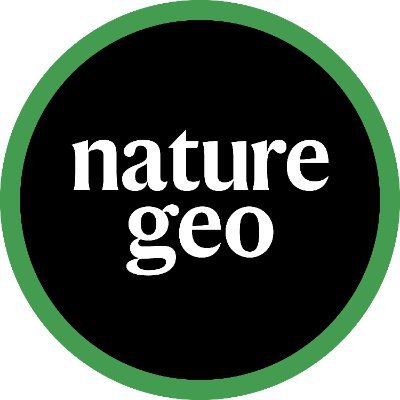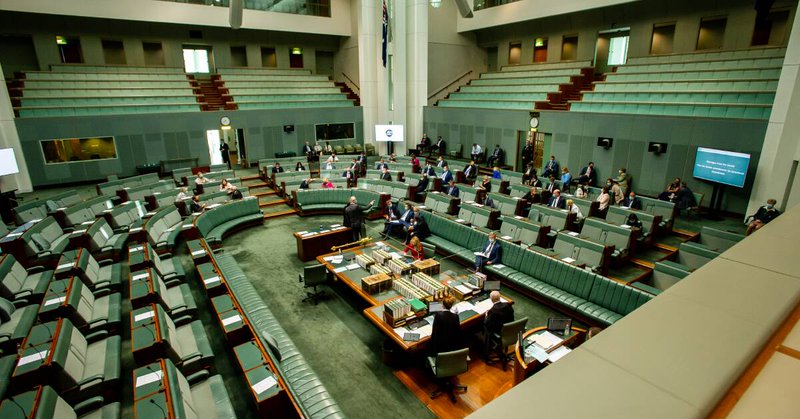
Katrin Meissner
@KatrinJM
Followers
435
Following
475
Media
19
Statuses
105
Director of the Climate Change Research Centre, @UNSW, Professor of Oceanography and Climate Sciences, EXCOM @PAGES_IPO
Joined July 2012
RT @alexauderset: Great first two days at the #PAGES_PO2_workshop in Bristol with interesting talks about FB-N-isotopes by Alfredo Martínez….
0
8
0
RT @BeigelLaura: Morgen beginnt die #COP28 in #Dubai. Kann die #Weltklimakonferenz den entscheidenden Durchbruch schaffen? Meine Kollegin @….
rnd.de
Am Donnerstag startet die UN‑Klimakonferenz, die COP28, in Dubai. Der Sommer der Extreme und die vielen neuen Rekorde weltweit haben gezeigt, dass der Klimaschutz unerlässlich ist. Doch Fachleute...
0
2
0
Polar regions warm faster than the rest of the world. This is happening now, and also happened millions of years ago when alligators and turtles used to live in the Arctic. But most climate models are not able to produce the observed warming. Why?
Article: Indirect forcing by low regional orography and high atmospheric methane levels helped amplify Arctic temperatures in the early Eocene by enhancing polar stratospheric cloud formation.
1
1
1
Our research in @NatureGeosci shows that a special type of cloud might be the reason why. They are called Polar Stratospheric Clouds. They are rare today but might become more prominent with higher GHG concentrations. They keep the surface warm, even during polar night. 2/6.
1
1
7
Polar regions warm faster than the rest of the world. This is happening now, and also happened millions of years ago when alligators and turtles used to live in the Arctic. Why?.New research by D Dutta, @DrJucker, @StevenSherwood4, A Sen Gupta, @KatrinJM, and J Zhu. A thread 1/6
4
31
69
Times of plenty or suffocation? Our N&V on Pohl et al.’s article on ocean circulation and oxygenation changes over the past 540 million years @aoschlies @NatureNV @derp_code @ccrc_unsw . Plate tectonics controls ocean oxygen levels
nature.com
Nature - Simulations show how continental configuration affects ocean oxygenation.
0
11
22
RT @StevenSherwood4: If we are going to put a business rep on ARC science panels, OK, how about ensuring company boards and key parliamenta….
canberratimes.com.au
This government's stone-cold ignorance was itself written in stone this week.
0
1
0
The green Sahara: why and when did the Sahara transition between a wet state, supporting river systems and vegetation, and a desert as we know it today? This new paper shows it was a combination of slow changes in solar insolation and abrupt changes in ocean circulation.
A strengthening of the Atlantic Meridional Overturning Circulation was the main driver of the abrupt initiation of African Humid Periods during the last two deglaciations. @UNSWScience.
0
1
3
RT @ccrc_unsw: 📻The latest episode of the Coogee Voice features @KatrinJM, the director of CCRC, interviewed by Dr Marjorie O'Neill. Liste….
0
4
0
RT @UNSWScience: Be age appropriate, use simple language, be honest, & finish on a positive. This was some of the advice given by @UNSW c….
unsw.edu.au
0
4
0
RT @UNSW: How do we explain the mess we’ve created on Planet Earth that future generations will be left to deal with?. UNSW climate change….
unsw.edu.au
0
4
0
RT @ccrc_unsw: 📢FREE registration for 'Environmental Research 2021', a virtual conference featuring familiar faces from CCRC. Climate theme….
0
3
0
RT @jamesdacey: Thanks @EuniceLoClimate, @KatrinJM, @StevenSherwood4 & Michelle Bell from @YaleEnvironment for sharing your climate experti….
physicsworld.com
First episode in a two-part series on climate science and solutions
0
6
0











